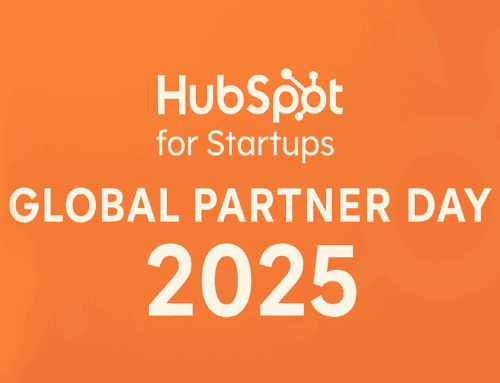Integrating Mailchimp with HubSpot CRM: A Comprehensive Guide
Introduction to Marketing Automation
In the digital age, marketing automation has become the backbone of successful businesses aiming to enhance their customer relationships and streamline marketing processes. Integrating tools like Mailchimp and HubSpot CRM is a strategic move for companies looking to maximize their outreach efforts while maintaining organized customer data. But what exactly does this integration entail? Let’s dive in.
The seamless connection between these two platforms allows businesses to create or update contact information automatically. It also enables the automation of deal creation whenever a new subscriber pops up in Mailchimp. Essentially, you’re tearing down silos and ensuring your marketing and sales teams are in sync. This collaboration can lead to higher conversion rates and more personalized customer interactions.
Understanding Mailchimp and HubSpot CRM
Before we delve deeper, it’s crucial to understand what Mailchimp and HubSpot CRM bring to the table. Mailchimp is a powerful email marketing platform that helps businesses design and send impactful campaigns. On the other side, HubSpot CRM offers robust customer relationship management capabilities designed to track interactions and manage leads with ease.
By integrating the two, you leverage HubSpot’s rich CRM features along with Mailchimp’s email marketing prowess. This setup ensures that your potential leads and customers receive targeted communication based on their interactions with your brand, leading to a more engaged audience and better business results.
Step-by-Step Integration Process
Wondering how to start the integration process? It’s simpler than you might think. First, you’ll need to use a tool like Make, which offers pre-built templates to facilitate this integration. Using Make’s template, you can set up a workflow where every new Mailchimp subscriber automatically gets their details pushed into HubSpot.
This setup requires some initial configuration — connecting both accounts to Make, authorizing access, and specifying what data should be transferred. However, once this is done, the automation handles everything else. It’s like setting up a conveyor belt in a factory; once it’s working, all you have to do is sit back and watch the products roll in!
Benefits of Integrating Mailchimp with HubSpot CRM
The advantages are manifold. For starters, you eliminate the tedious task of manually transferring data between the two systems. This not only saves time but also reduces the risk of human errors that could lead to inaccurate data entry or overlooked opportunities.
Moreover, this integration ensures your teams are working with the most current information. Sales teams get notified instantly about new leads, and marketing can tailor communications to a subscriber’s recent activity. It’s like having a smart assistant that keeps everyone updated across departments.
Optimizing Customer Journey
With this integration, you can significantly optimize the customer journey. Each interaction a subscriber has with your brand can trigger specific actions, ensuring they receive relevant and timely information. This personalized approach can greatly enhance the customer experience and foster loyalty.
Furthermore, by analyzing the data collected from both platforms, you gain insights into customer behaviors and preferences. This intelligence allows for more informed decision-making regarding marketing strategies and sales approaches, turning prospects into satisfied customers faster.
Common Challenges and How to Overcome Them
While integrating these platforms offers many benefits, it’s not without its challenges. One common hurdle is ensuring data consistency across both systems. Discrepancies can arise if fields aren’t mapped correctly or if there are mismatches in data formats.
To overcome these issues, spend time on the initial setup, particularly on field mapping and testing the workflow with a few trial runs. This way, you can iron out any kinks before going live. Think of it like calibrating a machine; precision during setup will save you headaches down the line.
Conclusion
Integrating Mailchimp with HubSpot CRM is a powerful strategy to streamline your marketing and sales efforts. It allows for automation of routine tasks, better data management, and improved customer engagement. By taking advantage of pre-built templates and spending time on a precise setup, you can unlock these benefits and drive business growth.
FAQs
What are the main advantages of integrating Mailchimp with HubSpot CRM?
The main benefits include enhanced data management, time savings through automation, reduction of human errors, and more personalized customer interactions.
Is it difficult to set up the integration?
Not at all! Using a tool like Make with pre-built templates makes the setup straightforward. Initial configuration is required, but once completed, the integration runs smoothly.
How does this integration impact my marketing strategy?
This integration allows for more targeted marketing efforts as you can track customer interactions across both platforms, leading to more tailored and effective campaigns.
Will this integration help with lead management?
Absolutely. With consistent data flow between Mailchimp and HubSpot CRM, your sales team will have immediate access to new leads, improving response times and conversion rates.
Can I customize which data points are shared between the two systems?
Yes, during the setup process, you can map specific fields and choose which data is transferred, ensuring only relevant information is shared.









